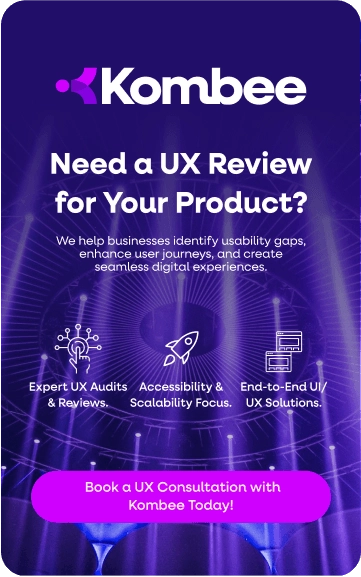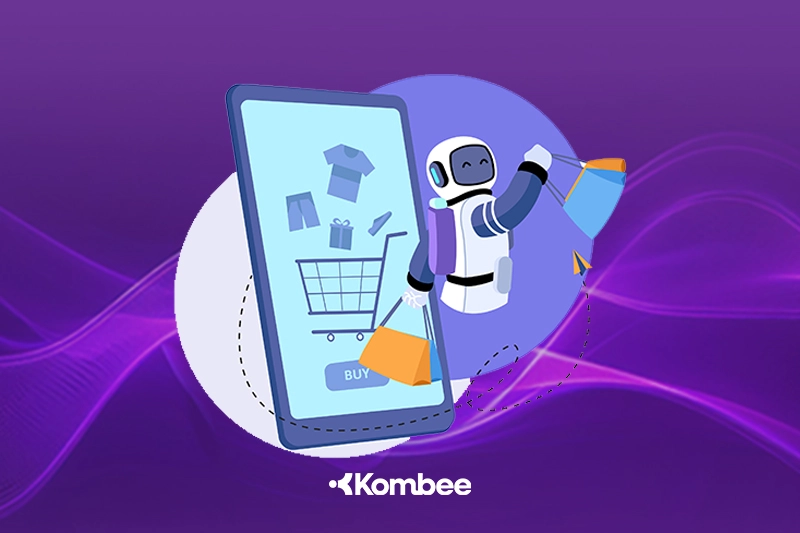Introduction
“Wait… aren’t SaaS platforms supposed to live in the cloud?” If that’s your first thought then you’re not alone. For years Software-as-a-Service was all about browser-based access and cloud convenience. But things are changing fast. In 2025, AI SaaS platforms are bringing intelligence closer to users through smarter desktop applications, faster, more personal and far more powerful than traditional web-only tools.
So, what’s driving this transformation? In this blog, let’s explore why SaaS platforms are using AI to evolve and how it’s shaping the next generation of digital productivity.
The AI-Powered Evolution of SaaS Desktop Applications
The AI-powered evolution of SaaS desktop applications is changing software from cloud only tools to smarter apps that work both online and offline. These new apps use AI to make work faster, easier and also more personal.
1. The Shift from Cloud-Only to Hybrid Intelligence
In the past, SaaS meant accessing everything through a browser. That worked well, until users demanded more speed, deeper control and offline capabilities. Industries like design, finance and logistics need instant performance, not lag.
That’s where AI SaaS desktops step in. These applications run local AI models directly on your computer, syncing intelligently with the cloud when needed. Imagine having a saas agent that anticipates your actions, automates workflows and works even when you’re offline.
This hybrid approach combines the scalability of cloud systems with the lightning-fast execution of local computing thus giving users the best of both worlds.
2. Personalized Intelligence: Software That Understands You
Think about how your smartphone learns your habits and now imagine your business software doing the same.
Modern saas ai tools track how you use different features, when you work most productively and even where you get stuck. Over time these AI SaaS systems adapt, rearranging your dashboard, suggesting shortcuts or predicting your next action
For example AI solution companies like HubSpot and ClickUp use adaptive AI layers that understand each user’s working style. They turn data into real-time personalization thus creating an experience that feels less like software and more like a smart assistant.
This is where the saas agent concept comes to life, not just responding to commands but learning from behavior and improving automatically.
Read More: Curious about personalized digital experiences? Check out our blog, ‘Custom eCommerce Solutions & Software Development: Why Personalization Wins in 2025’.
3. Edge AI: Power at Your Fingertips
Latency kills productivity. That’s why AI SaaS platforms are moving intelligence to the edge, your device.
With frameworks like TensorFlow Lite or ONNX, AI models can perform real-time predictions, recommendations or analytics without constant cloud access. A saas agent on your desktop can detect anomalies, automate decisions and even run predictive reports locally.
The benefit? You get faster insights, reduced downtime and continuous functionality, even without internet connectivity. For businesses working in remote or high-security environments this is game-changing.
4. Cognitive Automation: The Rise of Self-Managing Software
Today’s saas ai tools go far beyond automation. They’re becoming cognitive, understanding intent, learning from results and improving workflows without needing manual setup.
Picture your CRM predicting which leads are most likely to close or your project management app creating task sequences automatically. That’s AI SaaS in action.
With embedded AI agents, these apps can handle cross-department tasks like scheduling, report syncing, data validation, all without human input. This cognitive layer frees teams from repetitive work and lets them focus on creativity and strategy.
No wonder more AI solution companies are embedding these intelligent engines into their desktop SaaS products.
5. Smarter Security: AI That Protects in Real Time
As SaaS moves to the desktop, cybersecurity must evolve too. Traditional static defenses aren’t enough, you need AI that adapts as threats do.
Modern AI SaaS desktops integrate real-time behavioral analytics. They monitor login patterns, detect unusual actions and instantly respond to anomalies. Think of a SaaS agent constantly watching for suspicious behavior, ensuring your data and compliance stay intact.
This is especially important for enterprises managing sensitive or regulated data. AI-driven local monitoring adds an intelligent layer of protection which is one that learns and evolves just like attackers do.
6. Visual Intelligence: Turning Data into Decisions
Let’s be honest, dashboards can get overwhelming. But with saas ai tools, data storytelling becomes intuitive.
Tools like Tableau’s Einstein Discovery or Zoho Analytics AI allow users to ask questions in plain language: “Show me sales growth in Asia.” Within seconds the desktop app visualizes the trend as well as highlights anomalies and suggests next steps.
Behind the scenes local AI models perform contextual analysis before syncing summaries to the cloud. The result? Faster, smarter decision-making without long loading times or network dependency.
That’s the kind of experience users expect from any AI solution company in 2025.
7. Offline Resilience: AI That Works Anywhere
Connectivity isn’t always guaranteed especially in logistics, construction or maritime industries. That’s why AI SaaS systems now emphasize offline-first functionality.
Desktop AI models cache data, analyze patterns locally and sync updates once reconnected. Whether it’s processing financial transactions or generating content, your saas agent keeps working, no internet, no problem.
Offline capability is no longer just a feature. It’s a necessity that showcases why SaaS is the future for enterprise resilience and business continuity.
8. The Generative Edge: From Tools to Creative Partners
The newest wave of saas ai tools isn’t just analytical, it’s creative.
Platforms like Notion AI, Figma AI and Adobe Firefly generate text, visuals and layouts directly within desktop software. They act as creative collaborators and not just assistants.
For an AI solution company, this is a major leap forward. It means businesses can ideate, design and build faster, all within the same intelligent workspace. That’s another reason why SaaS is the future of productivity and innovation.
9. The Enterprise Perspective: Efficiency, Cost and Compliance
The newest wave of saas ai tools isn’t just analytical, it’s creative.
Platforms like Notion AI, Figma AI and Adobe Firefly generate text, visuals and layouts directly within desktop software. They act as creative collaborators and not just assistants.
For an AI solution company, this is a major leap forward. It means businesses can ideate, design and build faster, all within the same intelligent workspace. That’s another reason why SaaS is the future of productivity and innovation.
10. The Road Ahead: Agentic AI and Autonomous SaaS
The next frontier? Fully autonomous saas agents that manage workflows across multiple platforms. Imagine an AI that coordinates HR updates, analytics reports and finance approvals, all through natural conversation.
These agentic systems are redefining what it means to “use” software. Soon, AI SaaS won’t just respond; it will think, plan and execute. And that’s the ultimate reason why SaaS is the future, a future powered by intelligence, personalization and seamless automation.
Conclusion
The SaaS revolution is no longer about the cloud alone, it’s about creating smarter, faster and more personal software. As AI solution companies innovate with saas ai tools and intelligent saas agents, it’s clear why SaaS is the future of digital work. At Kombee, we help businesses build AI-powered SaaS desktop applications that merge performance, automation and security. Our solutions give companies real-time intelligence and long-term scalability. With Kombee, you’re not just creating software, you’re building a smarter system designed to grow, adapt and lead in the intelligent digital era.
Frequently Asked Questions
1. What is the role of AI in SaaS?
AI makes SaaS platforms smarter by automating workflows, analyzing data and personalizing user experiences. It reduces manual effort, improves accuracy and helps businesses make faster, data-driven decisions.
2. What is the AI SaaS platform?
An AI SaaS platform is cloud-based software enhanced with artificial intelligence. It uses machine learning, automation and predictive analytics to deliver smarter, more efficient and personalized business solutions.
3. Can you build a SaaS with AI?
Yes. AI can be integrated into SaaS products to enable automation, natural language processing and intelligent analytics, turning traditional applications into adaptive, self-learning systems that continuously improve user experience.
4. Why is AI important in application software?
AI brings intelligence, speed and personalization to software. It automates repetitive tasks, predicts user needs, enhances decision-making and helps businesses operate more efficiently while delivering better customer experiences.





